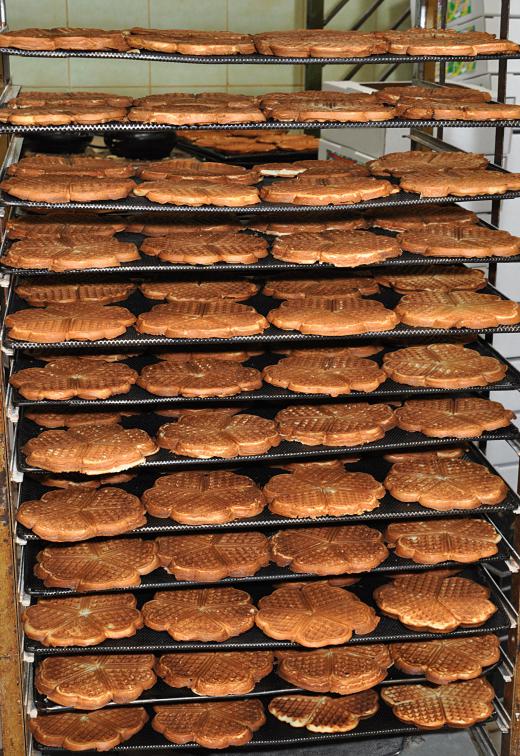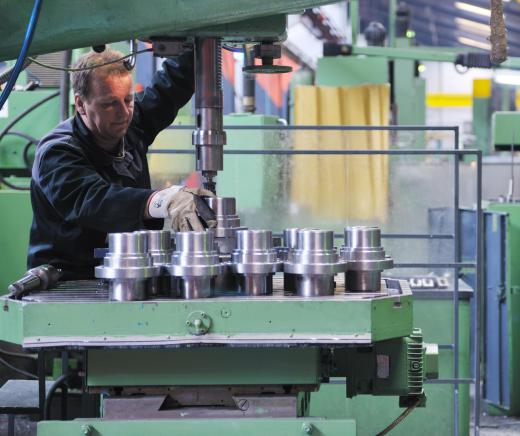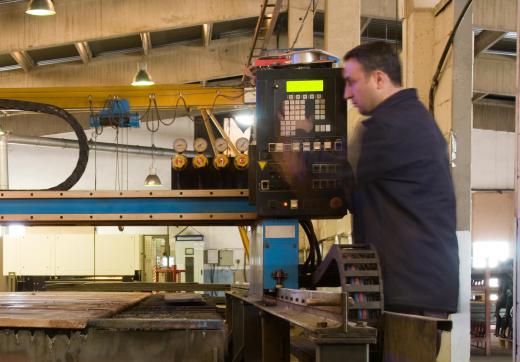Methods of production are the means by which goods are made. There are several different methods of production, each of which can be classified by the number of units produced at one time and the procedures used to do so. Job production involves the separate creation of each item, sometimes by a single skilled worker or artisan. Batch production is similar, though many items are usually made at one time, and boutique production can combine both of these methods. Mass production is the most efficient method, and it often utilizes automation and other techniques to make many items at once.
Of the various methods of production, the least efficient and most time consuming is known as job production. This method is similar to craft production and bears a resemblance to the way that most goods were created throughout history. Workers are sometimes known as jobbers, and are typically highly skilled in their particular field. Each item is crafted one at a time, which can result in higher quality but slower production rates than other methods. This method of production is often used for prototyping, since it is well suited to the construction of single, unique items.

Another one of the methods of production involves creating items in batches. This process is typically achieved by moving a particular number of items through different workstations or stages in discrete batches. Some batch manufacturing processes are highly labor intensive, though others can use some amount of automation. This method of production can allow a wide variety of products to be built on the same production line, though that typically results in lost time to reconfigure equipment.

Boutique manufacturing typically combines several different methods of production. This category can include both jobbers and batches, and is often used to create relatively small runs of products. The product runs tend to be too short to support full blown mass production methods. There can also be a great deal of customization between runs. Many boutique manufacturers use methods similar to jobbing, though with a much greater degree of standardization between each item that is produced.

The most efficient method of creating goods is typically mass production, which is also known as flow, series, or serial production. This method relies on standardized parts or components that are assembled uniformly to create goods that are more or less identical. Assembly lines are often a large part of mass production, and many factories that employ this method use a high degree of automation.
